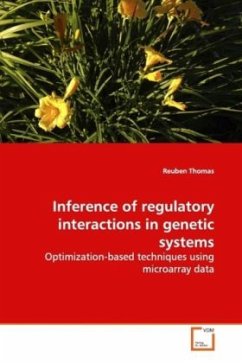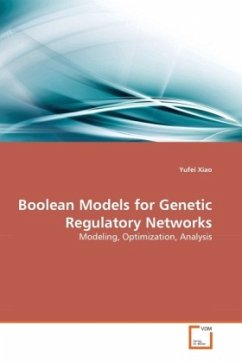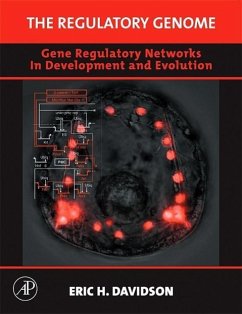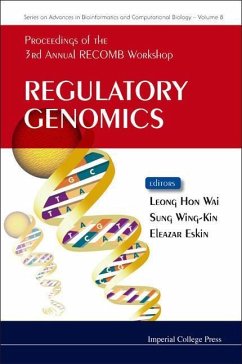Nicht lieferbar
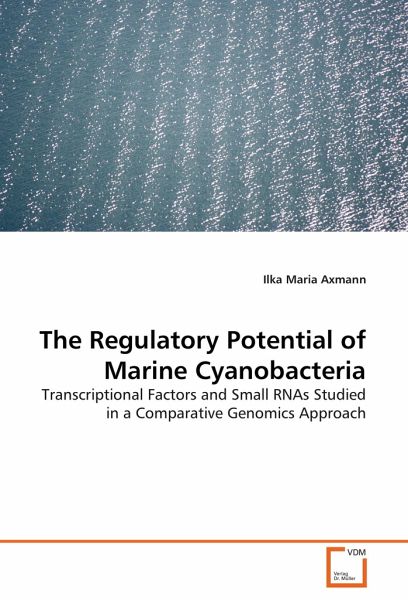
The Regulatory Potential of Marine Cyanobacteria
Transcriptional Factors and Small RNAs Studied in a Comparative Genomics Approach
Versandkostenfrei!
Nicht lieferbar
Life on Earth is driven by the power of oxygenic photosynthesis transforming solar into chemicalenergy. Cyanobacteria such as Prochlorococcus and Synechococcus belong to the most important primary producers within the oceans and increasingly serve as models for photosynthetic organisms. To better understand the regulatory mechanisms in these picocyanobacteria, here the information from four genomes of closely related and even so ecologically divergent marine strains was used in a combined computational and experimental approach. Sequence signals and RNA-coding genes as novel elements in the re...
Life on Earth is driven by the power of oxygenic photosynthesis transforming solar into chemicalenergy. Cyanobacteria such as Prochlorococcus and Synechococcus belong to the most important primary producers within the oceans and increasingly serve as models for photosynthetic organisms. To better understand the regulatory mechanisms in these picocyanobacteria, here the information from four genomes of closely related and even so ecologically divergent marine strains was used in a combined computational and experimental approach. Sequence signals and RNA-coding genes as novel elements in the regulation of gene expression were identified and their distribution along the phylogenetic gradient compared. Functional assignments of thesenew elements in the future will contribute to a deeper understanding of the regulatory network ofmarine cyanobacteria and promote new studies on bacterial ncRNAs.








